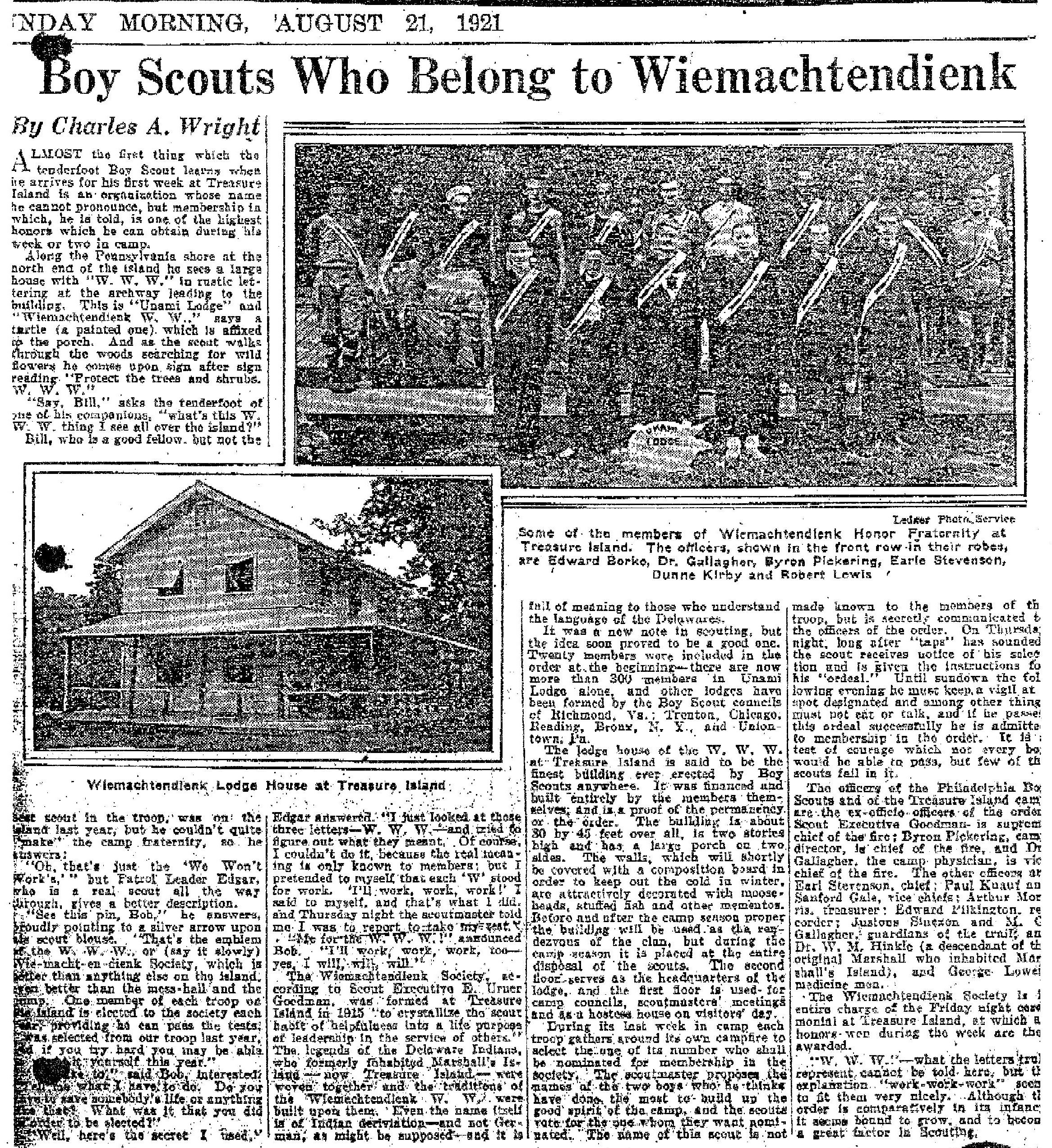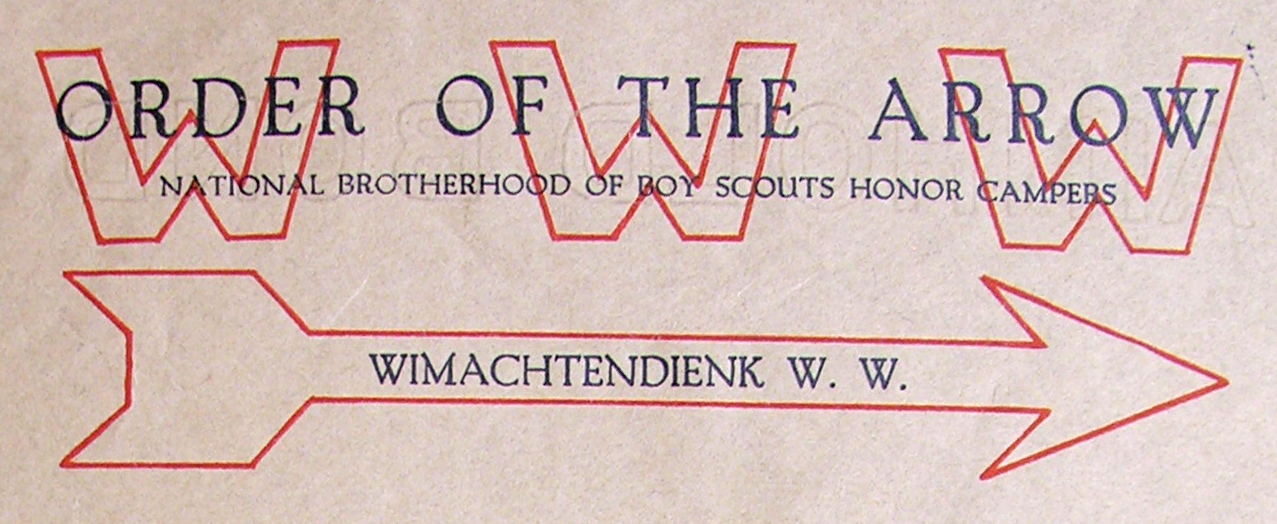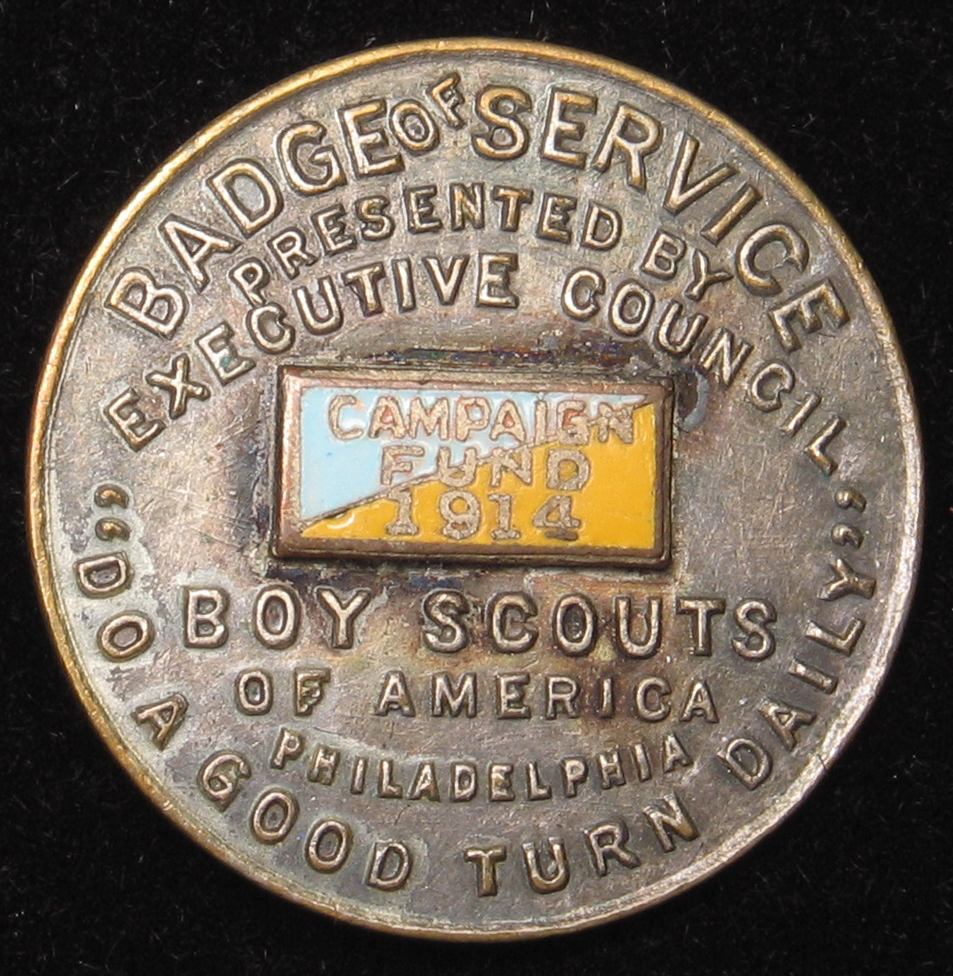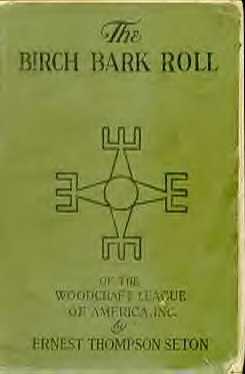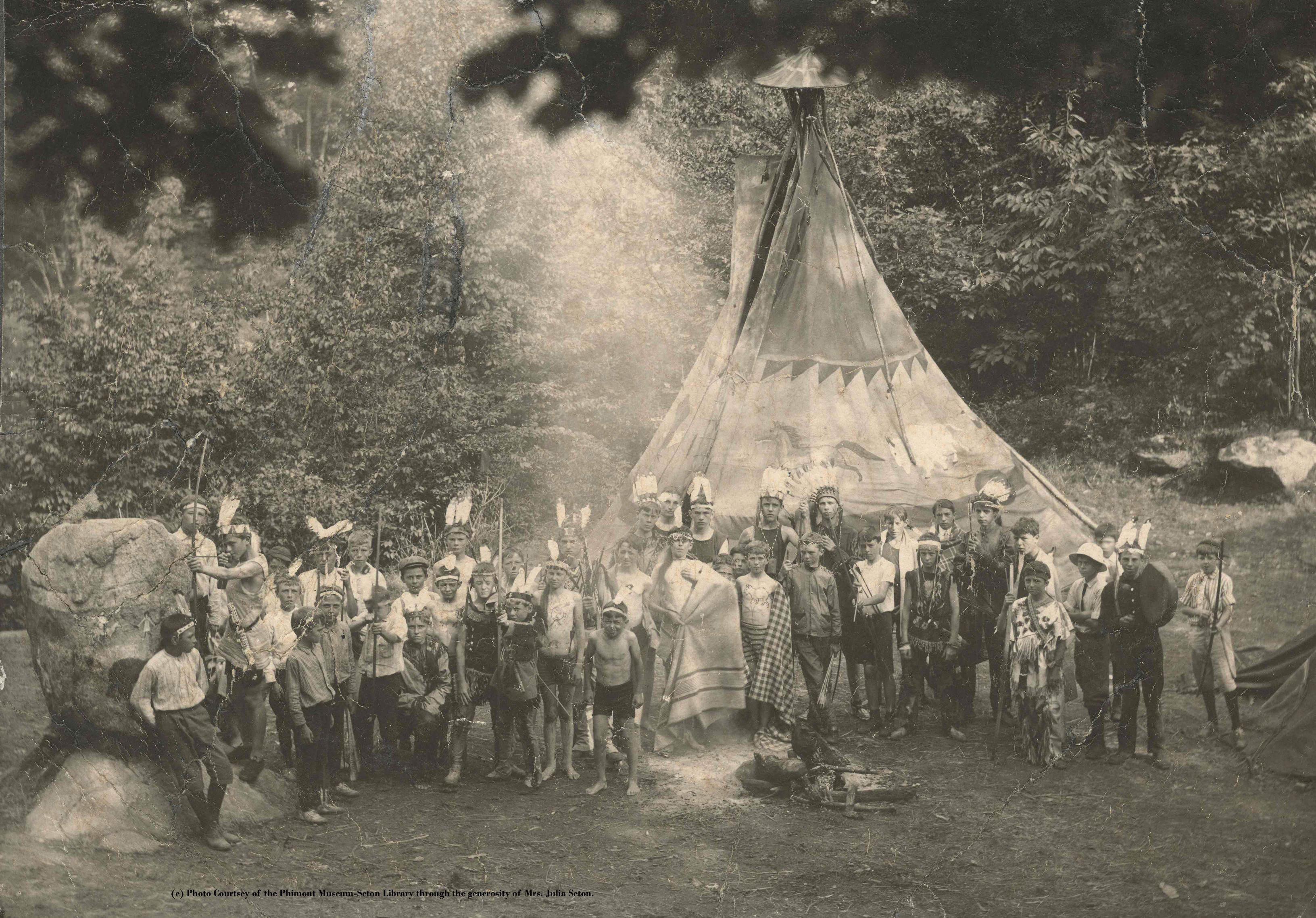First Vigil Honor Ceremony
At end of the camping season in 1915, E. Urner Goodman held a vigil on the Devil's Tea Table. There was no real ritual ceremony that accompanied his experience, just Goodman alone with his thoughts through a night that he often referred to as life changing for him.
Carroll A. Edson recalls the following as the events that happened at the end of the Camping Season in 1916:
By the summer of 1916 a basic organization had been set up, and essentially the present First Honor, a First Degree, as we then called it, ritual developed, and the lodge functioned actively at camp.
At the end of that season, there was a universal feeling among the members that Urner’s leadership had been so splendid that they should do something to raise him above the rest.
I was running a Sea Scout camp that summer, but at the end of the season ran up to Treasure Island for a few days. A few of us got together, and planned out what is now the Vigil Honor, but which was then called “Second Degree”. We developed the essentials of the present ordeal and ritual, and put Urner through it.
There is not a consensus among Wimachtendienk historians on whether or not the above quote is accurate and whether or not Goodman kept a second vigil. No ceremony existed for the Second Degree prior to 1916. Whether or not Goodman went through a Second Degree ceremony as defined by the 1916 Constitution of the Wimachtendienk and whom the identities of any ceremonialists were is unknown. If Goodman was not the first Arrowman to go through the actual ceremony for the Second Degree (Vigil) – because he had already kept his vigil prior to the ceremony being written, then Carroll Edson was the first to receive the full ritual in 1917.
3, Ceremonies, Founders, Goodman, OA, Scouting
